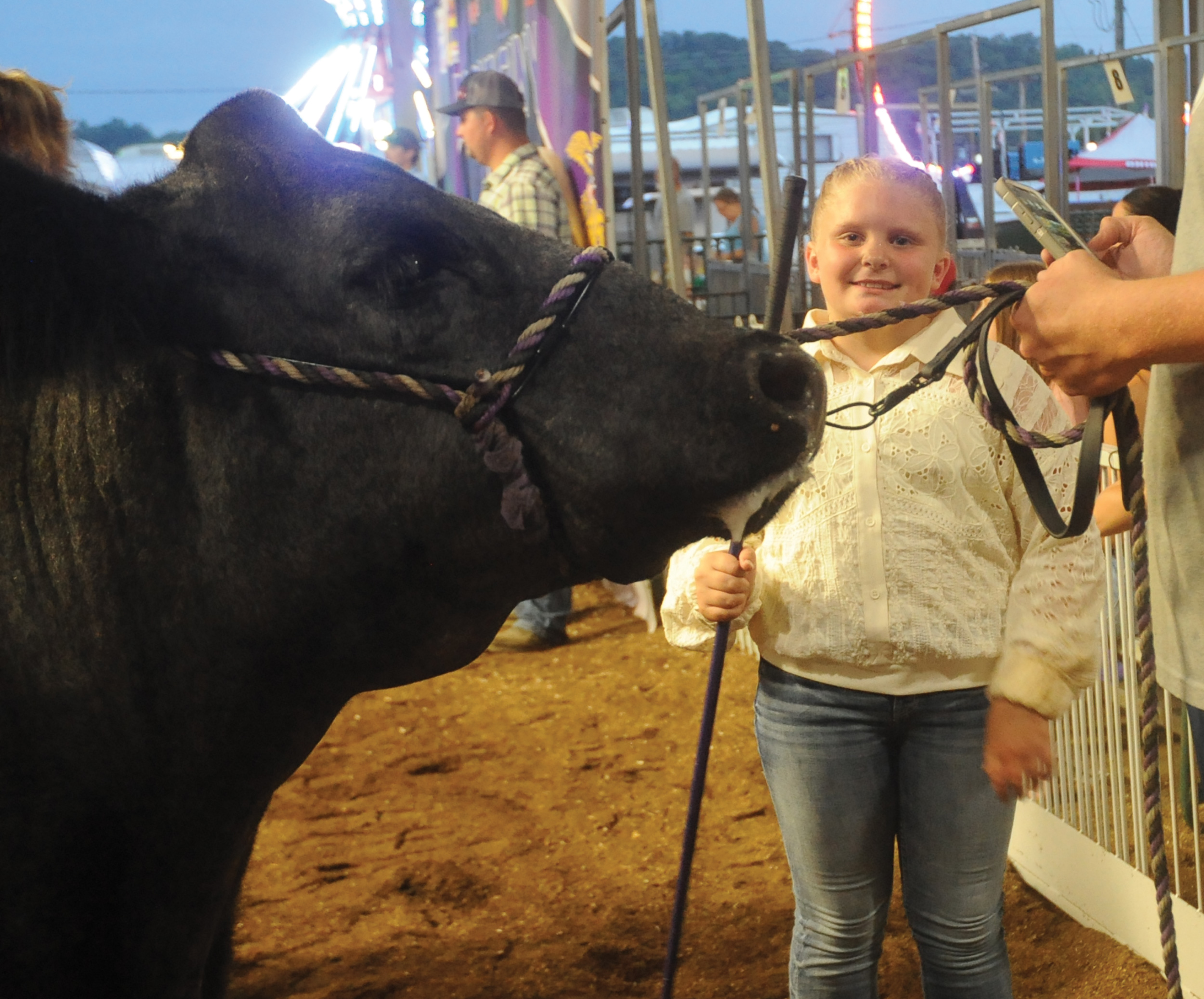Battling Creeping Charlie is a battle that never ends
Published 3:30 pm Friday, June 10, 2022
I can get crabby over weeds in my yard during spring and summer: crabgrass, dandelions, clover, wild violets, wild strawberry, chickweed, broadleaf, purslane, plantain, bittercress, nutsedge, spotted spurge and ground ivy.
But what really burns my buns – the creeping weeds.
And the most detested weed in my yard is ground ivy (also called Creeping Charlie, a plant of the mint family). Why does this wacky weed garner a human name? It already has an official name – Glechoma hederacea.
Let me count the ways I loathe ground ivy. I’ve pulled it, raked it and cursed it. But it lives on and on and on – growing over, under, around; growing in the shade and in the sun; growing up the hill and down the hill. It’s wicked.
The OARDC Weed Lab (OWL) via the Ohio State University website has lots of information about weed identification. I found more info about my nemesis on OWL – the dreaded ground ivy. This weed produces numerous slender stems that creep along the soil surface growing up to 30 inches long and forming a tangled mat. And roots form at nearly every node.
“Creeping Charlie is almost impossible to remove by hand. It leaves nodes attached in the ground when you pull it. Each one of those nodes become a new plant. Although herbicides are effective any time treatable weeds are actively growing, one of the best windows for perennial creepers like creeping Charlie is early fall. That is when these weeds are beginning to transfer energy and food to the roots for winter and when they’re more vulnerable to herbicide. So, if your first try at killing a creeping Charlie isn’t very effective, try again at a different time. It is also not uncommon for some of the tougher weeds to need two or three treatments before they finally give up like creeping Charlie.”
Ohio law has identified several weeds as “noxious weed” since they are especially problematic, toxic, invasive, harmful and compete aggressively with other cultivated plants, crops and habitats.
A noxious weed must possess one or more of the following characteristics: aggressive competition with cultivated plants; toxicity to livestock; natural habitat degradation; threat to public health, safety or navigation.
Ground ivy is not on the Noxious Weed list, but it needs to be. Would the weed police please come to my yard and arrest my ground ivy? Who do I call to press charges? Ground ivy, you are guilty of causing lawn havoc.
Because of my dogs, I do not use herbicides. And that’s why it’s difficult to eradicate this invasive and aggressive weed. Instead, I fertilize and reseed the yard a lot while trying to make the grass healthier. There is hope because my shade garden, flower garden areas, and veggie garden appear to be free of ground ivy. But the lawn is another story.
I found a website where a frustrated husband tries to help his frustrated wife by fighting ground ivy. He writes about his “ongoing war with ground ivy” and “preparing for the war.” Another website called it “evil ivy.”
Unbelievable, via the internet, three folks actually proclaimed they liked ground ivy because it grows well in the shade. Boo!
“The yard looks green enough to me,” proclaims my hubby. “Stop being crabby about the ground ivy.”
No way will I let ground ivy win.
Beware creepy creeping Charlie, where there’s a will there’s a way – to wrangle a wild and unwanted weed – I’m still coming after you.
Melissa Martin, Ph.D., is a syndicated lifestyle, humorist and opinion-editorial columnist. She lives in Scioto County.






